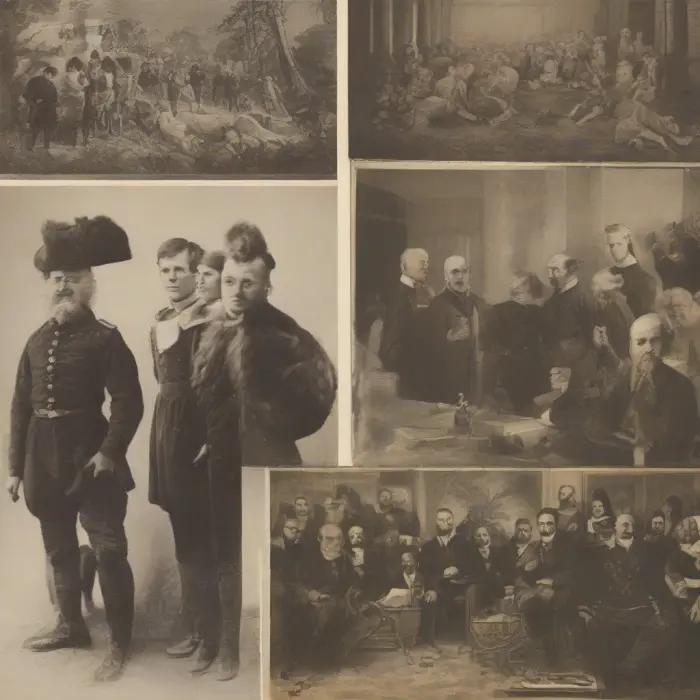Unexplained Historical Artifacts: Facts and Theories
Historical artifacts carry with them the stories and records of bygone eras. They offer invaluable insights into the cultures, practices, beliefs, and technological advancements of our ancestors. Yet amongst these precious findings, there are many that defy explanation and elicit wonder and curiosity. Let's delve into the world of unexplained historical artifacts, examining the facts we know, and theories that attempt to illuminate their enigmatic past.
The Antikythera Mechanism
The Antikythera mechanism is marked as one of the most astounding and enigmatic archaeological discoveries. This complex clock-like artifact, believed to be from the 1st or 2nd century BCE, was retrieved from a shipwreck off the Greek island of Antikythera in 1901. The incredible fact is, the device showcases a level of mechanical sophistication that was previously thought impossible for ancient civilizations.
Theories suggest that it was probably a kind of analog computer or a celestial calendar that could calculate the positions of the sun, moon, and possibly even the planets - a feat of ancient engineering that baffles modern researchers.
The Baghdad Battery
Another artifact that challenges our understanding of historical technology is the Baghdad Battery. Found in the region of modern Iraq, these ancient artifacts (dating around 225 BCE) consist of terracotta pots with a copper cylinder and an iron rod inside - components that resemble a primitive battery. The theory, though contested, implies astonishing implications about the technological knowledge of ancient Mesopotamians.
The Nazca Lines
Etched into the high deserts of southern Peru around 500 BCE are giant sketches known as Nazca Lines. Spread across nearly 200 square miles, these geoglyphs depict various plants, animals, and shapes. So large are these etchings that they can only be fully appreciated from the air.
Facts about who made them, how, or why remained unknown. But theories range from astronomical calendars to markers for underground water sources, to landing strips for alien spaceships. Their true purpose, however, remains a mystery.
The Voynich Manuscript
The Voynich manuscript, a book filled with handwritten text in an unknown script and illustrations of unfamiliar plants, tiny naked women, and astrological diagrams, is dated to the early 15th century. Despite the best efforts of cryptographers, linguists, and computer algorithms, nobody has successfully deciphered the content of this manuscript, making it one of history's most intriguing puzzles.
Conclusion
Unexplained historical artifacts spark our collective curiosity and imagination. They are stark reminders of the many mysteries about our past that we have yet to unravel, exemplifying that history holds more questions than answers. While facts present us with what we know, theories challenge our understanding and urge us to explore and understand our kaleidoscopic past further. Ultimately, the enigma and allure of these artifacts magnify our enthralling journey back in time, into the annals of human civilization.
Powered by Froala Editor










